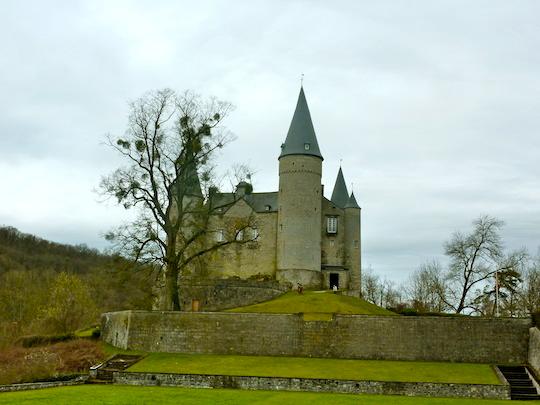Shunned by the Spaniards but loved by pirates, Santa Cruz - after Isabela Island the second largest isle in the Galapagos archipelago - was the first one to receive visitors. This tradition continues even today as Baltra Island, just across Santa Cruz, serves as the main arrival point of visitors coming to the Galapagos Islands. This island was named ‘Santa Cruz’ meaning ‘holy cross’ by the Spanish, however the British named it ’Indefatigable' after the ship that had led them to its shores. Upon arrival in Santa Cruz, after a short flight from Quito, I couldn’t believe that I finally made it. It took some blinking of eyes and literal pinching to realize but it was true .. I arrived to this unique place, named Galapagos Islands, a paradise on earth.
Lava Tube and Los Gemelos






